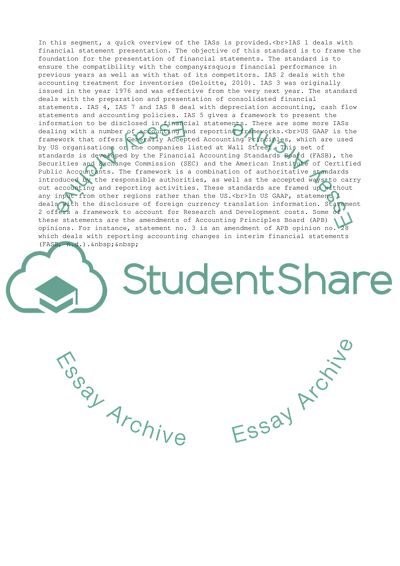Cite this document
(International Corporate Reporting Issues Assignment, n.d.)
International Corporate Reporting Issues Assignment. Retrieved from https://studentshare.org/business/1747135-reporting-issue
International Corporate Reporting Issues Assignment. Retrieved from https://studentshare.org/business/1747135-reporting-issue
(International Corporate Reporting Issues Assignment)
International Corporate Reporting Issues Assignment. https://studentshare.org/business/1747135-reporting-issue.
International Corporate Reporting Issues Assignment. https://studentshare.org/business/1747135-reporting-issue.
“International Corporate Reporting Issues Assignment”, n.d. https://studentshare.org/business/1747135-reporting-issue.


